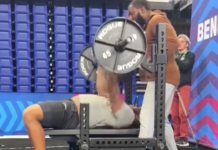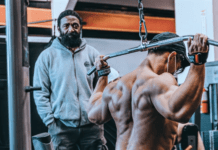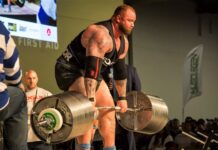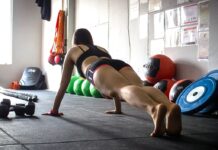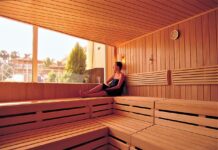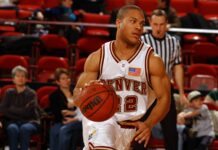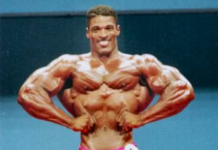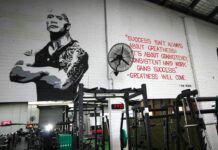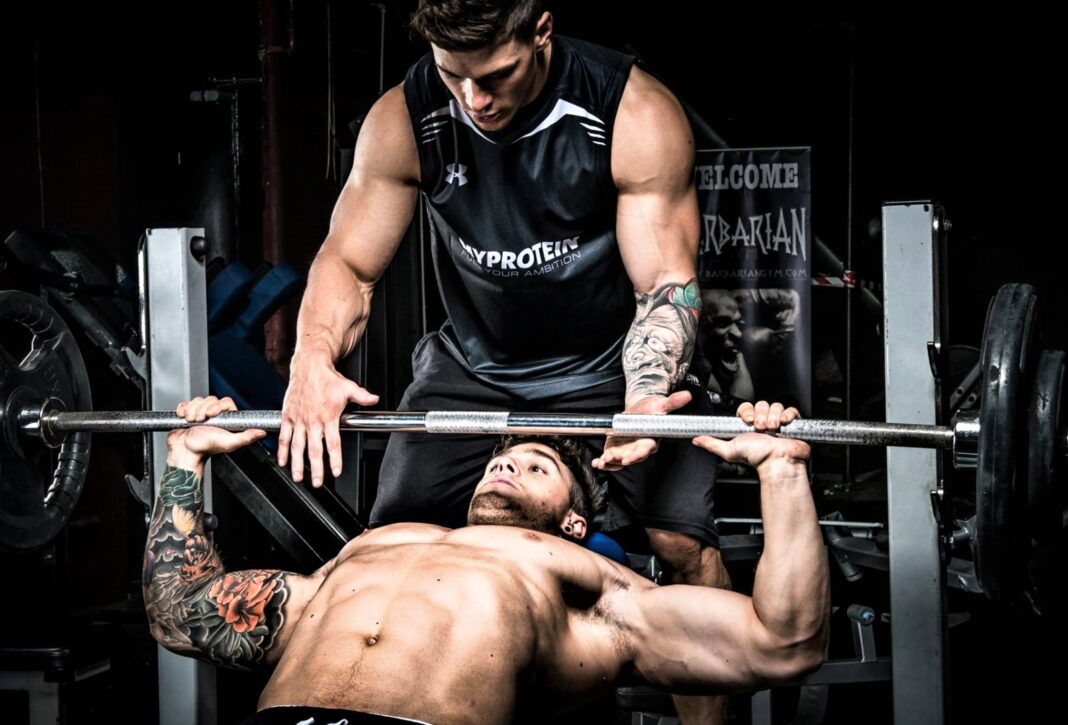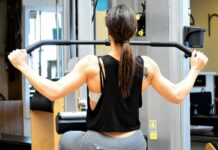This is why forced reps are so effective. By assisting, a spotter makes reps easier, and yet by making them easier he makes the set harder. It’s all a matter of perspective. When you’re under the iron and you can’t eke out another rep on your own, continuing with forced reps will feel anything but easy, even as helping hands lessen the resistance. Such bodybuilding legends as Dorian Yates, Mike Mentzer, and Tom Platz tacked forced reps on to most working sets. They knew, but so do millions of others. Forced reps are one of the most effective methods for blowing through stop signs and barreling into the pain (and growth) zone. Let’s examine how to best perform forced reps and incorporate them into your routine.
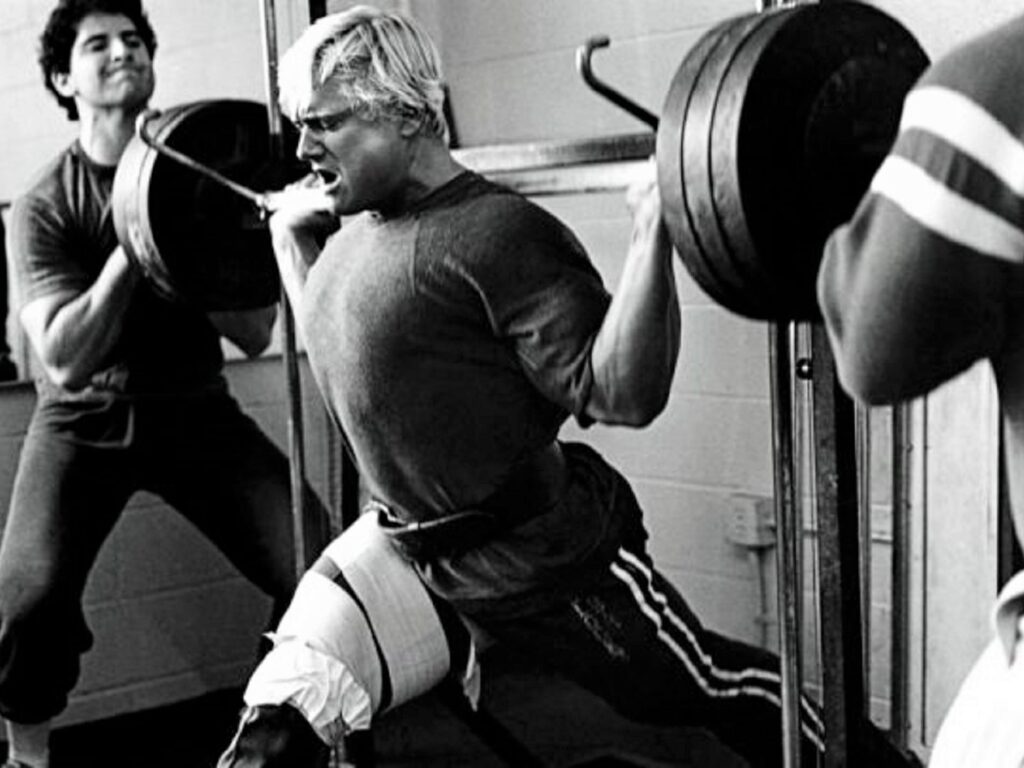
EFFECTIVE FORCED REPS
“Assisted reps” would be a more accurate name than “forced reps,” but the latter at least captures the feeling you might get when just enough resistance is removed for your set to continue beyond your normal limits. You’re forced to keep going. Failure is not an option. And that brings us to the first and most important thing to know about this technique. It’s exercise overtime. A spotter should assist you only when you’re on the verge of failing, and she should apply only enough pressure so you can continue to move the weight at the same pace as before.
Forced reps have been shown to spark a greater increase of testosterone and growth hormone than maximum effort reps that end at failure, and this alone can spark more strength and muscle growth.
The key to effective forced reps is the transfer of resistance from your muscles to the spotter’s so the reps are neither too hard, nor too easy, but just right, progressing at the same pace as all preceding reps and within the same groove. (For this reason, a regular training partner, who should know your strength, is the ideal spotter.) On each subsequent forced rep, more stress will need to be removed. If, after reaching failure at eight reps, your spotter helps just enough for you to grind out three more, you’ll understand that “forced” is an appropriate adjective, after all.
As with cheating, forced reps don’t work with all exercises. Deadlifts, lunges, and barbell rows are among the ones where it’s impractical for someone to assist. The good news is that forced reps can be used with some exercises you should never cheat, including most lifts for chest (such as incline presses, dumbbell flyes, and dips) and many for legs (including squats, hack squats, and leg presses).
HOW TO SPOT FORCED REPS
The spotter should remove stress from reps only when the trainer reaches the verge of failing on his own.
Just enough resistance is removed so the trainer can move the weight at the same pace as before.
The key to effective forced reps is the transfer of the bare minimum amount of work from the trainer to the spotter.
When the spotter does more of the work than the trainer, the set should end.
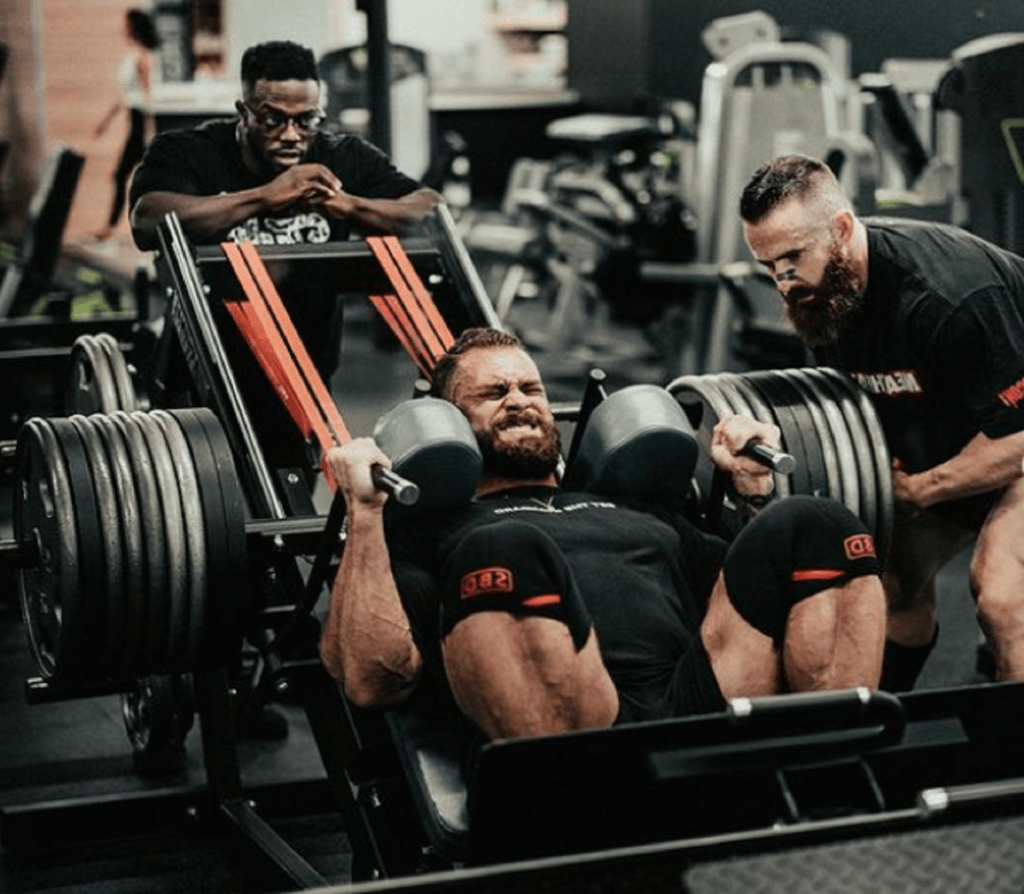
REVERSE FORCED REPS
A spotter can also make reps more difficult, such as pushing up on a bar during pulldowns. These reverse forced reps are effective during the earliest stage of a set. Usually, the first reps serve as precursors, tiring you out before the real growth-inducers at the end. But, if a spotter makes them harder, you can do maximum-effort reps from the get-go and create a sort of drop set wherein resistance is lessened throughout the set.
For example, when doing chin-ups, the spotter can apply downward pressure to your feet, making reps harder. He can then remove stress as the set advances until you’re doing reps by yourself. Then, as you begin to struggle, he can provide upward pressure on your feet, relieving increasingly more resistance on the final reps. In this progression from reverse forced to unassisted to forced, you’re using maximum resistance from the first rep to the last, instead of coasting through the early stage and only straining at the end. Note that this is an advanced technique for both the weight-trainer and the spotter.
TRICEPS FORCED REPS ROUTINE
Pushdown — 4 sets x 8 reps + 1-3 forced reps
Machine Dip — 4 sets x 8 reps + 1-3 forced reps
Lying Triceps Extension — 4 sets x 8 reps + 1-3 forced reps
FORCED REPS: FREQUENTLY ASKED QUESTIONS
Are forced reps suitable for beginners?
No. They’re suitable for intermediate or advanced lifters. Beginners should focus on establishing proper form, building foundational strength, and gradually progressing before incorporating advanced techniques like forced reps.
How many should I do at the end of a set?
The number can vary. But if you push the set to failure or near-failure before doing forced reps, you should typically only be able to do one to three assisted reps before the spotter is doing almost all the work.
Can I perform them on all exercises?
No. Not all exercises lend themselves to forced reps. Deadlifts, box jumps, cleans, barbell rows, and lunges are some exercises that cannot be effectively hand-assisted.
Can I do forced reps without a spotter?
Usually, no, but with a few exercises, yes. On unilateral arm exercises, you can do forced reps by using your non-working hand to provide just enough pressure to your working arm to keep the weight moving. Seated calf raises are another exercise in which you can use your hand(s) to help eke out a few more reps.
How often should I use forced reps in my training routine?
An advanced trainer with a reliable training partner could do them in every workout. Listening to your body and monitoring your progress will help you determine the right frequency.
Can forced reps replace regular sets in my workout?
We recommend using a weight you can handle for at least six reps on your own in most sets. Forced reps can then be applied to get some extra reps when you reach failure. However, as mentioned above, you can start a set with reverse forced reps (increasing resistance), go to regular reps, and end with forced reps (reducing resistance). This is an intense technique, however, and should be used only occasionally.
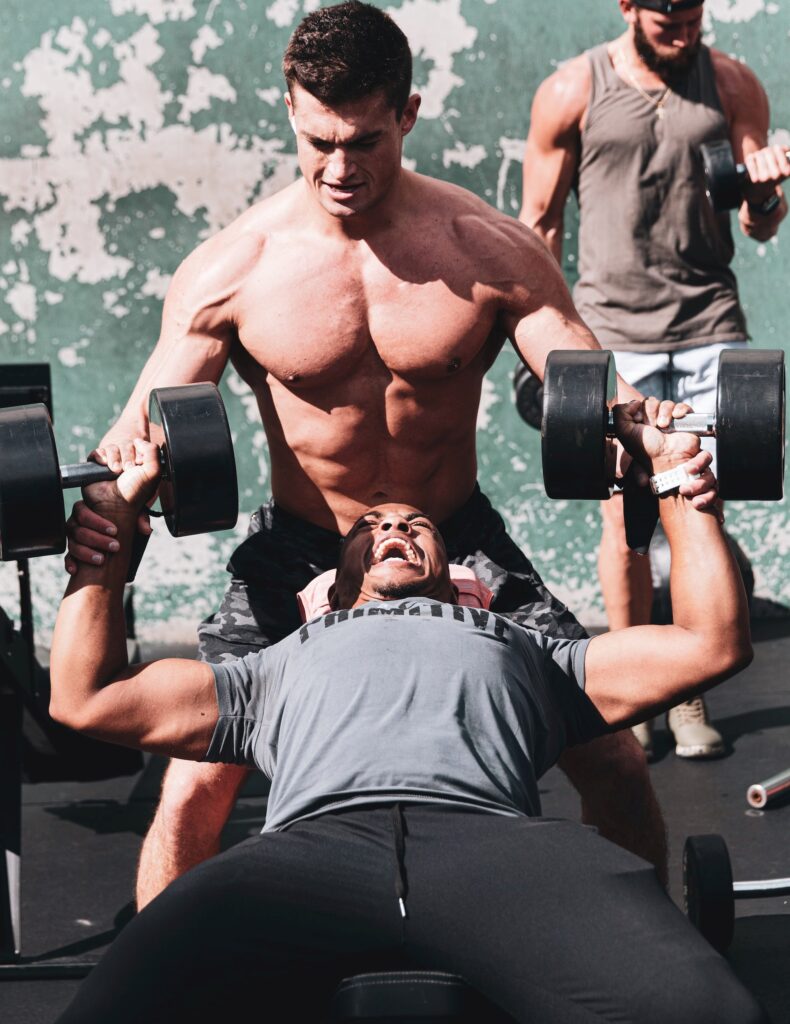
Are forced reps good for increased strength?
Yes. They can help you grow accustomed to using a weight for more reps (even though you’re assisted on the final reps), helping you overcome strength plateaus.
Are they good for muscle growth?
Yes. They take your sets beyond full-rep failure, causing your targeted muscles to do more work, which, in turn, stimulates growth. They have also been show in studies to release more testosterone and growth hormones, also stimulating growth.
Can forced reps lead to overtraining?
We like to think more in terms of under-recovering than overtraining. Advanced trainers should push their workouts hard and make sure they have sufficient nutrition and rest before training that body part again. However, be aware that forced reps are an intensifying technique that place extra stress on your muscles and central nervous system. Beginners should avoid them. Others should incorporate them mindfully into their training program, and ensure they have sufficient rest and recovery days. Train hard, but train smart, always.
For other ways to push sets beyond failure, see:

